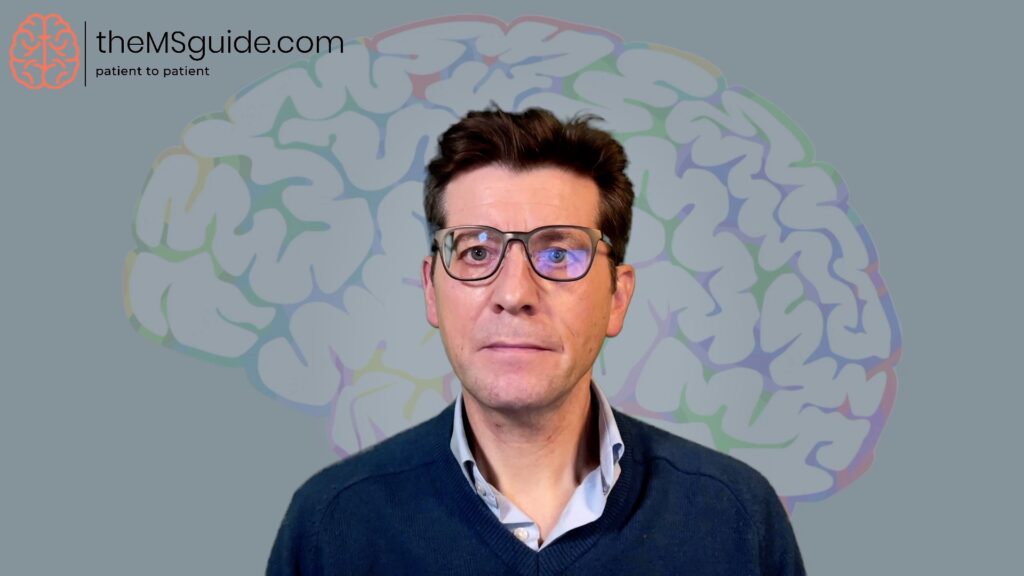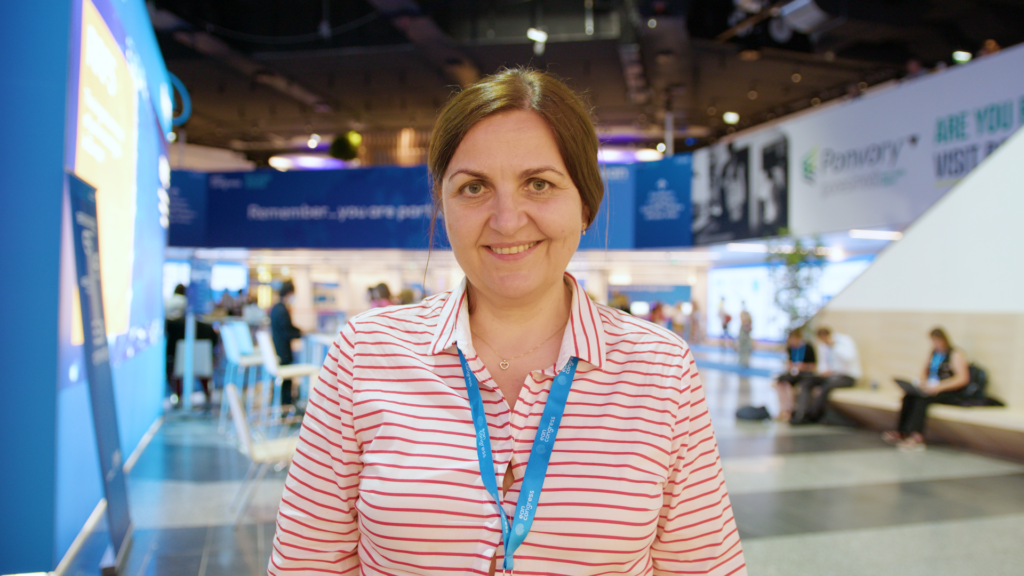Rapid repopulation of the CD19+ B-cell subset in the absence of effective T-cell regulation in patients with multiple sclerosis (MS) treated with alemtuzumab has implications for the development of secondary autoimmune disease.1
Reporting in JAMA Neurology,1 Schmierer et al. found that, by analysing lymphocyte reconstitution data from the pivotal Comparison of Alemtuzumab and Rebif Efficacy in Multiple Sclerosis I and II (CARE I and II) studies,2,3 alemtuzumab depleted CD4+ T cells by more than 95%, including CD8+ T cells and regulatory cells. Although the drug initially depleted CD19+ B cells by more than 85%, marked hyper-repopulation (180% increase) occurred with conversion to mature B cells over time. These lymphocyte-reconstitution kinetics were linked with the rapid development of alemtuzumab-binding and -neutralizing antibodies and the subsequent development of secondary B-cell autoimmunity. The researchers reported that this hyper-repopulation of B cells masked significant long-term depletion of CD19+ memory cells that may underlie the efficacy of alemtuzumab in MS treatment.
By controlling this B-cell subset repopulation until T-cell regulation recovers, it may be possible to reduce the risk of secondary autoimmune disease and improve the benefit–risk ratio of alemtuzumab, according to the authors. This warrants further investigation.
“However,” the authors state, “adding other B-cell-targeting therapy after alemtuzumab treatment may increase the risk for serious infections and cancers, thereby leading to worse outcomes compared with the development of B-cell autoimmune diseases, which are often manageable and nonfatal.”
The investigators reported as limitations that the data used are only from the CARE-MS studies and that central nervous system or lymph tissue events, which may be important to understanding the relevant biological mechanisms, were not captured in the blood analysis.
Lawrence Steinman,4 in an accompanying editorial, noted the significance of the analysis: “Autoimmune diseases in general may arise from B-cell development without adequate control from regulatory T cells. That concept, applied broadly, would be a significant advance in understanding auto-immunity.”
Alemtuzumab can induce long-term remission of MS after a short course of treatment,5 but in about 50% of people secondary B-cell autoimmunities occur within 5–7 years of treatment.6 More information on the mechanism of action of alemtuzumab in MS can be found in the newly published article in European Neurological Review, authored by Nikolaos C Grigoriadis of AHEPA University Hospital, Thessaloniki, Greece: “Selective Targeting of T and B Cell Populations by Alemtuzumab in the Treatment of Multiple Sclerosis” here.
REFERENCES
1. Baker D, Herrod SS, Alvarez-Gonzalez C, et al., Interpreting lymphocyte reconstitution data from the pivotal phase 3 trials of alemtuzumab, JAMA Neurol, 2017;74:961–9.
2. Cohen JA, Coles AJ, Arnold DL, et al., Alemtuzumab versus interferon beta 1a as first-line treatment for patients with relapsing-remitting multiple sclerosis: a randomised controlled phase 3 trial, Lancet, 2012;380:1819–28.
3. Coles AJ, Twyman CL, Arnold DL, et al., Alemtuzumab for patients with relapsing multiple sclerosis after disease-modifying therapy: a randomised controlled phase 3 trial, Lancet, 2012;380:1829–39.
4. Steinman L, Induction of new autoimmune diseases after alemtuzumab therapy for multiple sclerosis: learning from adversity, JAMA Neurol, 2017;74:907–8.
5. Tuohy O, Costelloe L, Hill-Cawthorne G, et al., Alemtuzumab treatment of multiple sclerosis: long-term safety and efficacy, J Neurol Neurosurg Psychiatry, 2015;86:208–15.
6. Haghikia A, Dendrou CA, Schneider R, et al., Severe B-cell-mediated CNS disease secondary to alemtuzumab therapy, Lancet Neurol, 2017;16:104–6.











